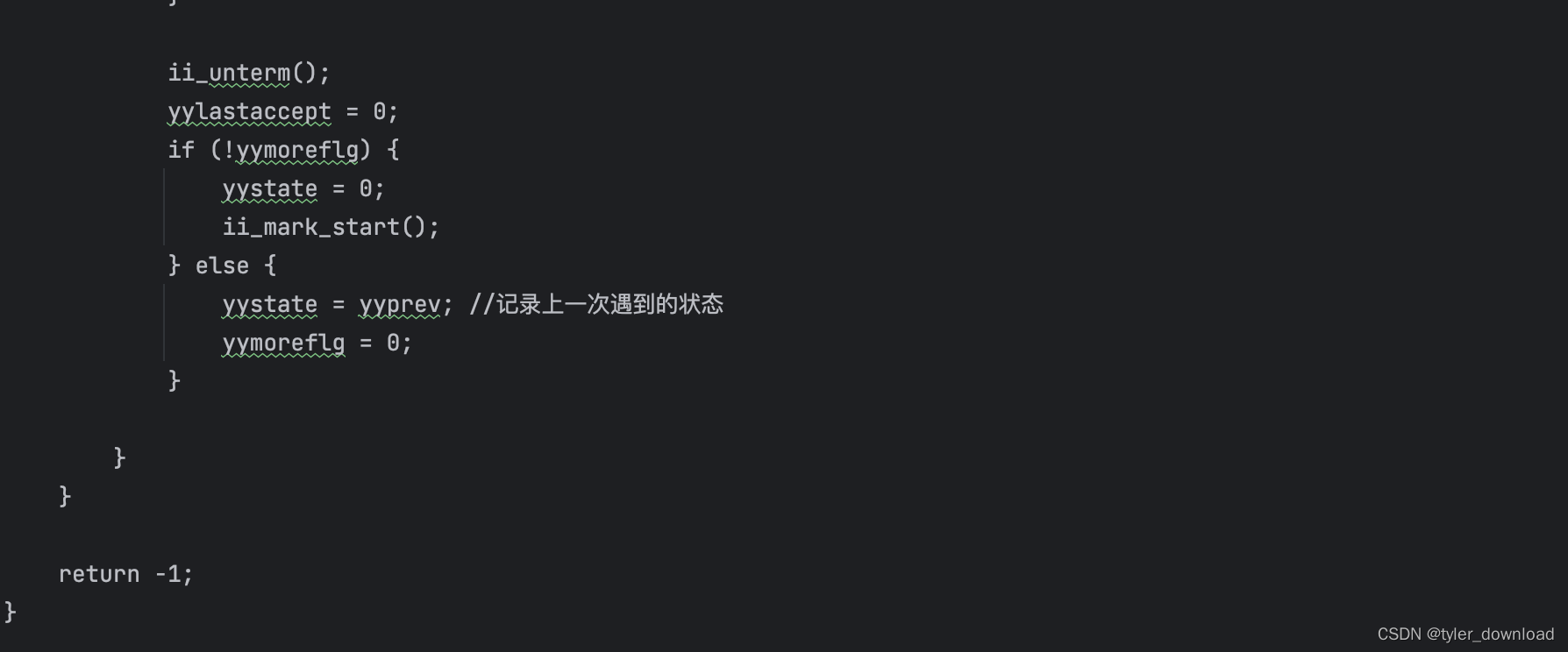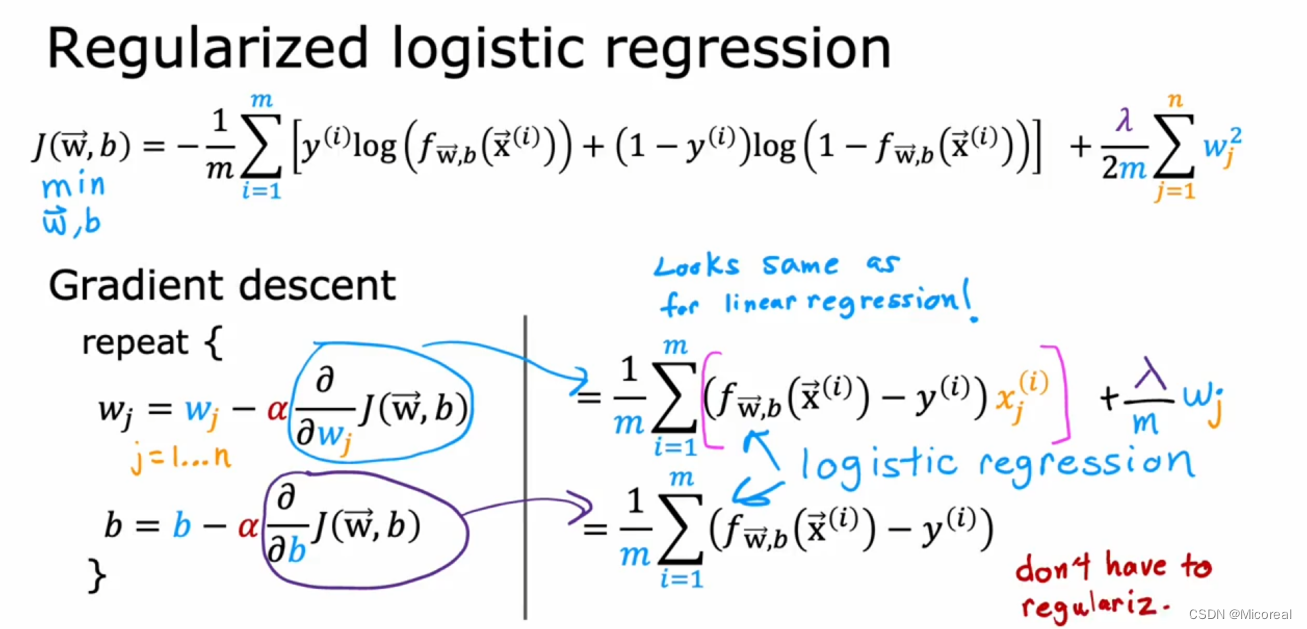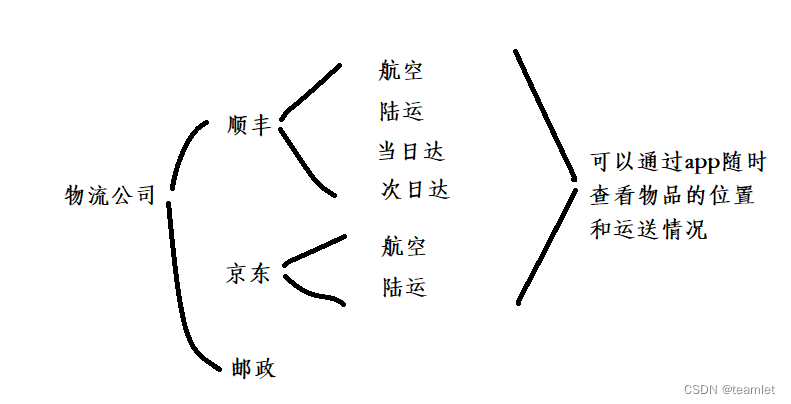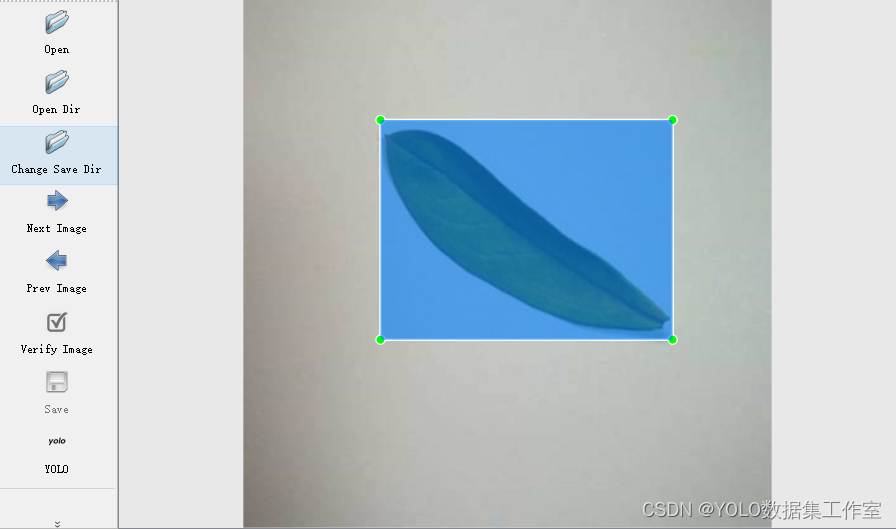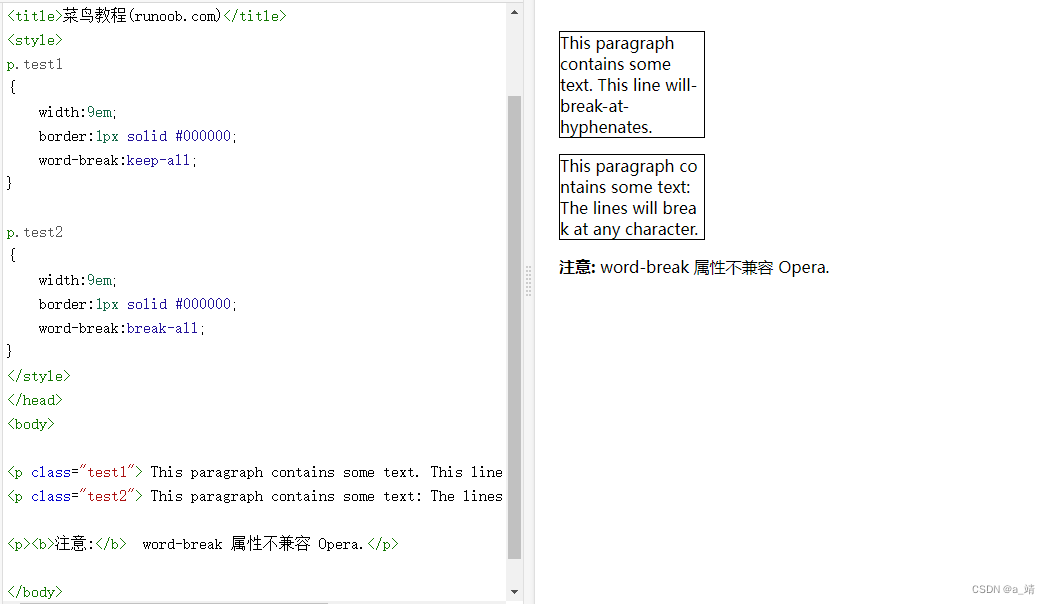一 、std::max_element

寻找范围 [first, last) 中的最大元素。
-
(1) 用
operator<比较元素。 -
(3) 用给定的二元比较函数
comp比较元素。 -
(2),(4) 同 (1,3) ,但按照
policy执行。这些重载仅若 std::is_execution_policy_v<std::decay_t > (C++20 前)std::is_execution_policy_v<std::remove_cvref_t > (C++20 起) 为 true 才参与重载决议。
参数
- first, last - 定义要检验范围的向前迭代器
- policy - 所用的执行策略。细节见执行策略。
- comp - 比较函数对象(即满足[比较 Compare)要求的对象),若首个参数小于第二个,则返回 true 。 比较函数的签名应等价于如下: bool cmp(const Type1 &a, const Type2 &b);虽然签名不必有 const & ,函数也不能修改传递给它的对象,而且必须接受(可为 const 的)类型
Type1与Type2的值,无关乎值类别(从而不允许 Type1 & ,亦不允许 Type1 ,除非Type1的移动等价于复制 (C++11 起))。 类型 Type1 与 Type2 必须使得 ForwardIt 类型的对象能在解引用后隐式转换到这两个类型。
类型要求
-ForwardIt 必须满足 遗留向前迭代器 (LegacyForwardIterator) 的要求。
返回值
指向范围 [first, last) 中最大元素的迭代器。若范围中有多个元素等价于最大元素,则返回指向首个这种元素的迭代器。若范围为空则返回 last 。
复杂度
准确比较 max(N-1,0) 次,其中 N = std::distance(first, last) 。
异常
拥有名为 ExecutionPolicy 的模板形参的重载按下列方式报告错误:
- 若作为算法一部分调用的函数的执行抛出异常,且
ExecutionPolicy为标准策略之一,则调用 std::terminate 。对于任何其他ExecutionPolicy,行为是实现定义的。 - 若算法无法分配内存,则抛出 std::bad_alloc 。
可能的实现
版本一
template<class ForwardIt>
ForwardIt max_element(ForwardIt first, ForwardIt last)
{if (first == last) {return last;}ForwardIt largest = first;++first;for (; first != last; ++first) {if (*largest < *first) {largest = first;}}return largest;
}
版本二
template<class ForwardIt, class Compare>
ForwardIt max_element(ForwardIt first, ForwardIt last, Compare comp)
{if (first == last) {return last;}ForwardIt largest = first;++first;for (; first != last; ++first) {if (comp(*largest, *first)) {largest = first;}}return largest;
}
示例
#include <algorithm>
#include <iostream>
#include <vector>
#include <cmath>static bool abs_compare(int a, int b)
{return (std::abs(a) < std::abs(b));
}int main()
{std::vector<int> v{ 3, 1, -14, 1, 5, 9 }; std::vector<int>::iterator result;result = std::max_element(v.begin(), v.end());std::cout << "max element at: " << std::distance(v.begin(), result) << '\n';result = std::max_element(v.begin(), v.end(), abs_compare);std::cout << "max element (absolute) at: " << std::distance(v.begin(), result) << '\n';
}
输出:
max element at: 5
max element (absolute) at: 2
二、std::min_element

寻找范围 [first, last) 中的最小元素。
-
(1) 用
operator<比较元素。 -
(3) 用给定的二元比较函数
comp比较元素。 -
(2,4) 同 (1,3) ,但按照
policy执行。这些重载仅若 std::is_execution_policy_v<std::decay_t > (C++20 前)std::is_execution_policy_v <std::remove_cvref_t > (C++20 起) 为 true 才参与重载决议。
参数
-
first, last - 定义要检验范围的向前迭代器
-
policy - 所用的执行策略。细节见执行策略。
-
comp - 比较函数对象(即满足比较* (Compare) 要求的对象),若
a小于b,则返回 true 。 比较函数的签名应等价于如下: bool cmp(const Type1 &a, const Type2 &b);虽然签名不必有 const & ,函数也不能修改传递给它的对象,而且必须接受(可为 const 的)类型Type1与Type2的值,无关乎值类别 (从而不允许 Type1 & ,亦不允许 Type1 ,除非Type1的移动等价于复制 (C++11 起))。 类型 Type1 与 Type2 必须使得 ForwardIt 类型的对象能在解引用后隐式转换到这两个类型。
类型要求
ForwardIt必须满足遗留向前迭代器 (LegacyForwardIterator) 的要求。
返回值
指向范围 [first, last) 中最小元素的迭代器。若范围中有多个元素等价于最小元素,则返回指向首个这种元素的迭代器。若范围为空则返回 last 。
复杂度
准确比较 max(N-1,0) 次,其中 N = std::distance(first, last) 。
异常
拥有名为 ExecutionPolicy 的模板形参的重载按下列方式报告错误:
- 若作为算法一部分调用的函数的执行抛出异常,且
ExecutionPolicy为标准策略之一,则调用 std::terminate 。对于任何其他ExecutionPolicy,行为是实现定义的。 - 若算法无法分配内存,则抛出 std::bad_alloc 。
可能的实现
版本一
template<class ForwardIt>
ForwardIt min_element(ForwardIt first, ForwardIt last)
{if (first == last) return last;ForwardIt smallest = first;++first;for (; first != last; ++first) {if (*first < *smallest) {smallest = first;}}return smallest;
}
版本二
template<class ForwardIt, class Compare>
ForwardIt min_element(ForwardIt first, ForwardIt last, Compare comp)
{if (first == last) return last;ForwardIt smallest = first;++first;for (; first != last; ++first) {if (comp(*first, *smallest)) {smallest = first;}}return smallest;
}
示例
#include <algorithm>
#include <iostream>
#include <vector>int main()
{std::vector<int> v{3, 1, 4, 1, 5, 9};std::vector<int>::iterator result = std::min_element(std::begin(v), std::end(v));std::cout << "min element at: " << std::distance(std::begin(v), result);
}
输出:
min element at: 1
三、std::minmax_element

-
(1) 用
operator<比较元素。 -
(3) 用给定的二元比较函数
comp比较元素。 -
(2,4) 同 (1,3) ,但按照
policy执行。这些重载仅若 std::is_execution_policy_v <[std::decay_t > (C++20 前)std::is_execution_policy_v<std::remove_cvref_t > (C++20 起) 为 true 才参与重载决议。。
参数
- first, last - 定义要检验的元素范围的迭代器
- policy - 所用的执行策略。细节见执行策略。
- cmp - 比较函数对象(即满足比较 (Compare) 要求的对象),若若
*a小于*b,则返回 true 。 比较函数的签名应等价于如下: bool cmp(const Type1 &a, const Type2 &b);虽然签名不必有 const & ,函数也不能修改传递给它的对象,而且必须接受(可为 const 的)类型Type1与Type2的值,无关乎值类别(从而不允许 Type1 & ,亦不允许 Type1 ,除非Type1的移动等价于复制 (C++11 起))。 类型 Type1 与 Type2 必须使得 ForwardIt 类型的对象能在解引用后隐式转换到这两个类型。 |
类型要求
ForwardIt必须满足遗留向前迭代器 (LegacyForwardIterator) 的要求。
返回值
以指向最小元素的迭代器为第一元素,以指向最大元素的迭代器为第二元素的 pair 。若范围为空则返回 std::make_pair(first, first) 。若多个元素等价于最小元素,则返回指向首个这种元素的迭代器。若多个元素等价于最大元素,则返回指向最后一个这种元素的迭代器。
复杂度
至多应用谓词 max(floor(3/2(N−1)), 0) 次,其中 N = std::distance(first, last) 。
异常
拥有名为 ExecutionPolicy 的模板形参的重载按下列方式报告错误:
- 若作为算法一部分调用的函数的执行抛出异常,且
ExecutionPolicy为 标准策略 之一,则调用 std::terminate 。对于任何其他ExecutionPolicy,行为是实现定义的。 - 若算法无法分配内存,则抛出 std::bad_alloc。
注解
此算法不仅在效率上异于 std::make_pair(std::min_element(), std::max_element()) ,而且此算法寻找最后的最大元素,而 std::max_element 寻找首个最大元素。
可能的实现
版本一
template<class ForwardIt>
std::pair<ForwardIt, ForwardIt> minmax_element(ForwardIt first, ForwardIt last)
{using value_type = typename std::iterator_traits<ForwardIt>::value_type;return std::minmax_element(first, last, std::less<value_type>());
}
版本二
template<class ForwardIt, class Compare>
std::pair<ForwardIt, ForwardIt> minmax_element(ForwardIt first, ForwardIt last, Compare comp)
{auto min = first, max = first;if (first == last || ++first == last)return {min, max};if (comp(*first, *min)) {min = first;} else {max = first;}while (++first != last) {auto i = first;if (++first == last) {if (comp(*i, *min)) min = i;else if (!(comp(*i, *max))) max = i;break;} else {if (comp(*first, *i)) {if (comp(*first, *min)) min = first;if (!(comp(*i, *max))) max = i;} else {if (comp(*i, *min)) min = i;if (!(comp(*first, *max))) max = first;}}}return {min, max};
}
示例
运行此代码
#include <algorithm>
#include <iostream>
#include <vector>int main()
{std::vector<int> v = { 3, 9, 1, 4, 2, 5, 9 };auto result = std::minmax_element(v.begin(), v.end());std::cout << "min element at: " << (result.first - v.begin()) << '\n';std::cout << "max element at: " << (result.second - v.begin()) << '\n';
}
输出:
min element at: 2
max element at: 6
整合与 C++ API Reference Document



